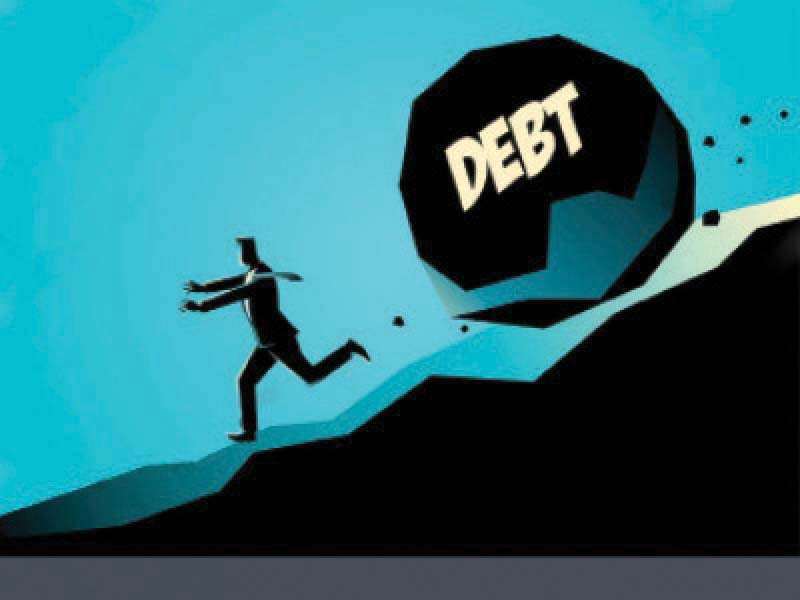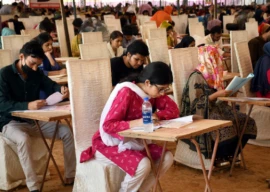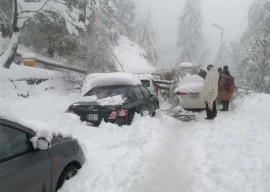
At present, circular debt of the power sector stands at around Rs2.46 trillion. There is now an added element to the circular debt that belongs to the gas sector, which is another Rs1.5 trillion.
Added together, the total circular debt becomes around Rs4 trillion. Gas sector circular debt is a rather new phenomenon created due to higher LNG prices and delays in announcing the new and higher tariff compatible with the gas price increases.
Political governments of all persuasions do not like to increase tariffs in order not to lose popularity. It is now IMF that is forcing the reigning government to increase tariff.
However, this is rather a wrong or hard time as the rupee has depreciated abruptly and disproportionately and all kinds of fuel prices are increasing internationally while we import most of our fuel requirements.
The tariff adjustment under the IMF is bringing extreme hardship to people, especially the poor. Oil sector has been free of circular debt until recently.
In fact, the government used to earn petroleum development levy (PDL) of a maximum of Rs30 per litre and GST of 17% amounting to more than Rs500 billion. Both thanks and curse to the IMF that petroleum product prices have been increased, causing great hardship but blocking circular debt buildup in this sector.
Annually, Rs450-500 billion of circular debt accrues in the power sector. This was earlier. Now, very high fuel prices and dollar exchange rate will be contributing to the circular debt, in addition to the earlier factors, of which capacity (fixed) charges were the
most pronounced.
Now, there is double whammy – high capacity charges and high fuel cost among other factors and inefficiencies and losses. We will discuss the components of circular debt a bit later.
The risk is borne by the supplier companies – PSO, IPPs, OGDC, PPL and may be oil refineries as well, although the ultimate liability is sovereign. Sovereign rating has been going down, making it difficult to borrow and at higher interest and conditions.
It would be unfair to load the positives and negatives of power sector of a period on the reigning government. It takes several years to build a plant, which increases production but adds capacity charges.
The way capacity charges are structured (cash flow based), being repaid in 10 to 12 years and highest payments in early years, it sometimes brings more financial calamity than benefit. The plant may remain under-utilised due to lower demand or excess capacity.
Thus, it may be, that today’s government may cause circular debt in the coming years and past government may increase the circular debt of the current period/ government.
It may thus be preferable that governments and politicians keep the politics as much away from economics as may be possible. The Charter of Economy has been talked about; and the circumstances would ultimately force them to reach consensus on some broad issues and parameters.
In the current circumstances, it appears highly improbable that the circular debt could be reduced. One should be happy, if the annual increase is maintained at the level of Rs450-500 billion. One may have to wait for normal times to achieve that.
The treatment for the ailment will be visible when we analyse the causes. Fortunately, we have at hand a study done by the ADB, which provides some qualitative and quantitative data in this respect.
The ADB report attributes the circular debt flows to the following: DISCOs’ inefficiencies - 31%, delayed tariff adjustments - 35%, financial costs - 16%, and unbudgeted subsidies - 18%.
Unfortunately, the ADB study does not provide much explanation. Neither has government released data on such an important subject.
Reportedly, the Circular Debt Reduction Plan (CDRP) has been prepared with the assistance of IFIs but it remains confidential. The ADB report reveals that the CDRP calls for reduction of the flow of circular debt (new induction in the debt) to Rs75 billion by FY23 from a high level of Rs538 billion in FY19.
Ironically, DISCOs are popularly held responsible for most of the problems, however, the share of DISCOs comes out to be 31%. One would not have given much weight to the delayed tariff adjustments, but its share in the circular debt flows comes out to be 35%.
Fortunately, the government has decided to do away with this phenomenon and has authorised Nepra to announce final tariff, unless the government has reasons to intervene, which will be done in a timely fashion.
High costs
High power generation costs have often been criticised. The previous government has taken the following steps, which we reproduce from the ADB report, (i) reduction in the return on equity (profit) of government-owned GENCOs; (ii) reduction in the return on equity (profit) of IPPs’ projects and extension of debt tenors; (iii) elimination of dollar indexation of IPPs’ locally-funded equity when valuing project costs in the determination of tariffs of power producers; (iv) reduction in penalties and interest costs associated to late payment of payables, particularly the CPPA-G’s; (v) decommissioning of old government-owned GENCOs and privatisation of new government-owned power plants; (vi) non-renewal of matured power purchase agreements (PPAs) with IPPs; and (vii) renegotiation of purchase contracts for imported fuel.
DISCO inefficiencies are often lamented and rightly so. There are T&D losses (mostly theft) and lack of recovery of bills. Nepra compensates for T&D losses up to 15.3% as against aggregate T&D losses of 17% or more. Shortfall of recoveries is not compensated at all.
Consolidated recovery of bills stands at 88.8%. It is impossible to have 100% recovery, as required by the Nepra tariff system. It all adds up to the circular debt. Giving allowances in this respect may encourage the defaulters.
While circular debt flow (annual increase) may be reduced, the debt cannot possibly be wiped away any sooner. There are estimates of circular debt going up to Rs7 trillion, which was before the devaluation and the fuel pricing issue.
Recognising this, there is discussion on converting the circular debt into public debt, which is considered cheaper. However, current economic circumstances have led to an abnormal rise in treasury rates as well.
There are IMF limits on public borrowing from the State Bank. All borrowing is to be from commercial banks.
Pakistan is a poor country; poor government and poor people. Pakistan’s energy portfolio is quite risky, as we are noticing these days.
Capital intensity and financial costs of new projects have to be reduced. Local fuel and energy resources should be developed and utilised. Consideration may be given to alter IGCEP towards decentralisation.
Renewable energy such as solar must be fast-tracked. Competition to reduce procurement cost must be adopted. DISCOs governance and efficiency must be improved. T&D losses must be reduced.
The writer is former member energy of the Planning Commission and author of several books on the energy sector
Published in The Express Tribune, July 18th, 2022.
Like Business on Facebook, follow @TribuneBiz on Twitter to stay informed and join in the conversation.


1726117332-0/Megan-Thee-Stallion-(1)1726117332-0-165x106.webp)





















COMMENTS
Comments are moderated and generally will be posted if they are on-topic and not abusive.
For more information, please see our Comments FAQ